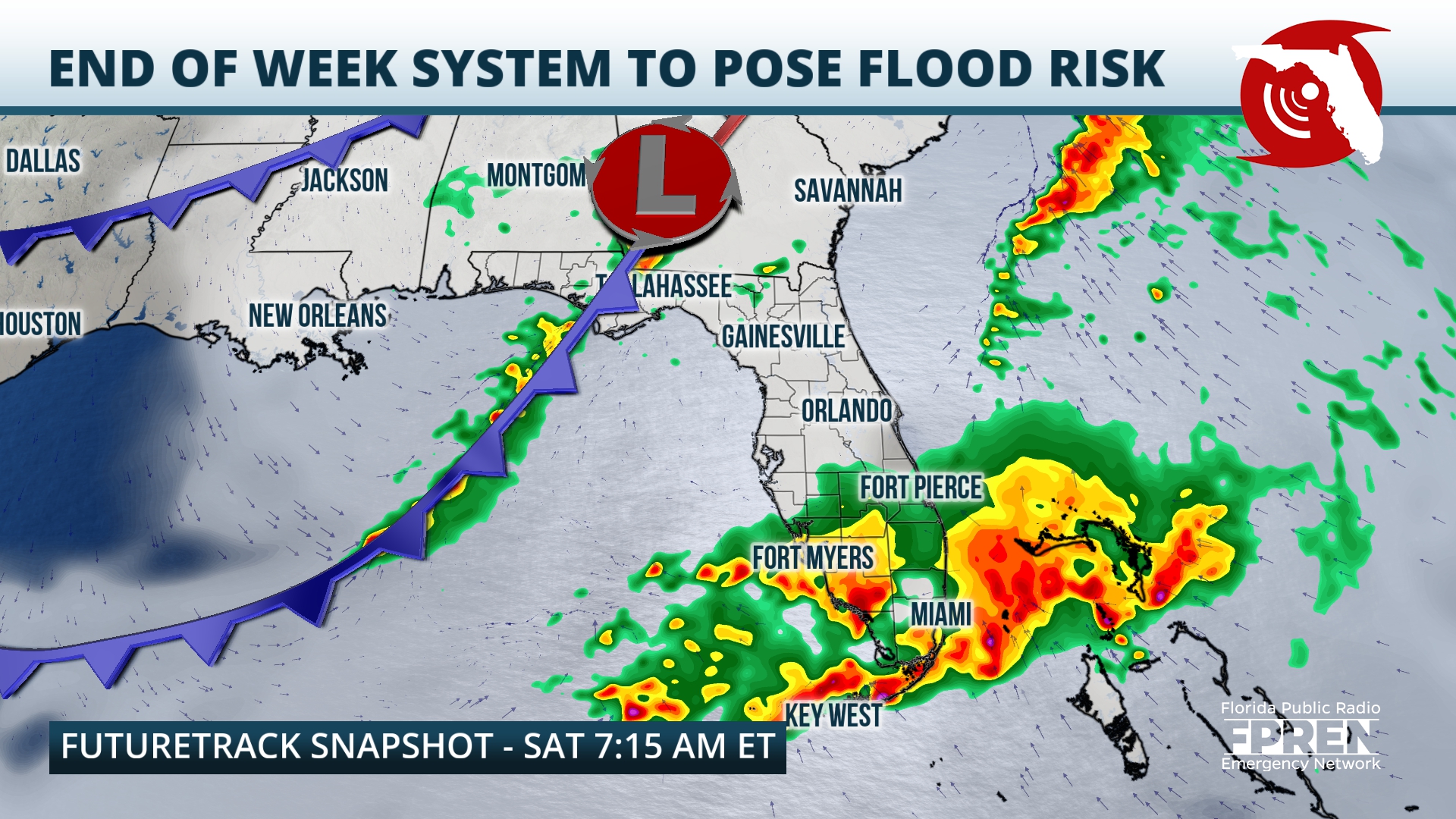Report on the Northern Rockies Ecosystem Protection Act and the Repeal of the 2001 Roadless Rule
Introduction
Brooke Rollins, Secretary of Agriculture under the Trump administration, announced plans to repeal the 2001 Roadless Rule, which currently protects approximately 58 million acres of public Forest Service land from road-building, resource extraction, and development. This report emphasizes the implications of this policy change with respect to the United Nations Sustainable Development Goals (SDGs), particularly those related to life on land, climate action, clean water, and sustainable communities.
Background of the Roadless Rule
- The Roadless Rule originated from comprehensive inventories of the nation’s remaining roadless public lands starting in 1967, following the Wilderness Act of 1964.
- Initial reviews, including the 1972 Roadless Area Review and Evaluation (RARE) and the 1977 RARE II inventory, identified roadless areas but lacked protective action.
- After extensive environmental impact assessments and public consultation, the 2001 Roadless Rule was enacted during the Clinton administration to restrict road construction and logging in these areas.
Public Support and Environmental Significance
- Over one million public comments supported the Roadless Rule, valuing its protection of solitude, wildlife habitat, and pristine watersheds.
- The rule has helped preserve biodiversity and maintain ecosystem services by limiting road-building in national forests, which already contain more miles of roads than the Interstate Highway System.
Proposed Repeal and Legislative Alternatives
The Trump administration aims to repeal the Roadless Rule via administrative action, bypassing environmental analysis and public review. To ensure lasting protection, legislative measures such as the Northern Rockies Ecosystem Protection Act (NREPA) are proposed:
- NREPA Overview: Pending as S. 1198 in the Senate and H.R. 2420 in the House, this Act seeks to designate all Inventoried Roadless Areas in the Northern Rockies as Wilderness.
- Geographic Scope: Approximately 23 million acres across Montana, Idaho, Wyoming, Eastern Washington, and Oregon.
Environmental and Social Benefits Aligned with SDGs
Protection of Biodiversity (SDG 15: Life on Land)
- Wilderness designation offers the highest protection for ecosystems, safeguarding habitats for threatened and endangered species such as bull trout, lynx, wolverines, grizzly bears, pinyon jays, and fisher.
- The Act supports the prevention of species extinction by maintaining secure wildlife corridors and genetic diversity.
Water Resource Conservation (SDG 6: Clean Water and Sanitation)
- Designates 1,800 miles of rivers and streams as Wild and Scenic Rivers, preserving vital watersheds.
- Protects forested areas that regulate snow accumulation and melt, ensuring sustained water availability for downstream communities and ecosystems.
Climate Change Mitigation (SDG 13: Climate Action)
- Untouched wilderness reduces the frequency and severity of wildfires by maintaining moist, shaded, and wind-protected forests.
- National Forests absorb approximately 12% of the United States’ carbon emissions, with unlogged and old-growth forests being the most effective carbon sinks.
- Preserving these forests reduces the need for costly logging subsidies, contributing to sustainable economic practices.
Sustainable Communities and Economic Benefits (SDG 11: Sustainable Cities and Communities)
- Protecting wilderness areas supports ecosystem services that benefit local communities, including clean water, recreation, and biodiversity.
- Reduces wildfire risks, protecting lives and property.
- Promotes long-term economic savings by reducing government expenditures on wildfire management and logging subsidies.
Call to Action
The Northern Rockies Ecosystem Protection Act represents a critical opportunity to safeguard one of the most intact ecosystems in the contiguous United States. Stakeholders are encouraged to urge congressional representatives to support S. 1198 and H.R. 2420 to ensure the preservation of diverse wildlife, clean rivers, and forested landscapes for future generations.
Conclusion
Repealing the Roadless Rule threatens significant environmental and social progress aligned with the Sustainable Development Goals. Legislative protection through the Northern Rockies Ecosystem Protection Act is essential to maintain biodiversity, combat climate change, conserve water resources, and support sustainable communities.
Author
Mike Garrity, Executive Director, Alliance for the Wild Rockies
1. Sustainable Development Goals (SDGs) Addressed in the Article
- SDG 13: Climate Action – The article discusses the role of national forests in capturing carbon emissions and mitigating climate change.
- SDG 15: Life on Land – The article focuses heavily on protecting wilderness areas, biodiversity, endangered species, and ecosystems.
- SDG 6: Clean Water and Sanitation – Protection of watersheds and rivers is emphasized to ensure clean and sustainable water resources.
- SDG 12: Responsible Consumption and Production – The article criticizes logging subsidies and promotes sustainable forest management.
2. Specific Targets Under the Identified SDGs
- SDG 13: Climate Action
- Target 13.1: Strengthen resilience and adaptive capacity to climate-related hazards and natural disasters.
- Target 13.2: Integrate climate change measures into national policies and strategies.
- SDG 15: Life on Land
- Target 15.1: Ensure the conservation, restoration, and sustainable use of terrestrial and inland freshwater ecosystems and their services.
- Target 15.4: Ensure the conservation of mountain ecosystems, including their biodiversity.
- Target 15.5: Take urgent action to reduce the degradation of natural habitats, halt the loss of biodiversity, and protect endangered species.
- SDG 6: Clean Water and Sanitation
- Target 6.6: Protect and restore water-related ecosystems, including mountains, forests, wetlands, rivers, and lakes.
- SDG 12: Responsible Consumption and Production
- Target 12.2: Achieve sustainable management and efficient use of natural resources.
- Target 12.c: Rationalize inefficient fossil-fuel subsidies that encourage wasteful consumption.
3. Indicators Mentioned or Implied in the Article to Measure Progress
- SDG 13 Indicators
- Indicator 13.1.2: Number of countries with national and local disaster risk reduction strategies.
- Carbon sequestration rates by forests (implied by the mention of forests absorbing 12% of national carbon emissions).
- SDG 15 Indicators
- Indicator 15.1.1: Forest area as a proportion of total land area.
- Indicator 15.4.2: Mountain Green Cover Index (implied by protection of mountain ecosystems in the Northern Rockies).
- Indicator 15.5.1: Red List Index (species extinction risk trends), relevant due to mention of threatened and endangered species like bull trout, lynx, wolverines, and grizzly bears.
- SDG 6 Indicators
- Indicator 6.6.1: Change in the extent of water-related ecosystems over time.
- SDG 12 Indicators
- Indicator 12.2.1: Material footprint, material consumption, and resource productivity (implied by discussion of logging subsidies and sustainable forest use).
- Indicator 12.c.1: Amount of fossil-fuel subsidies per unit of GDP and as a proportion of total national expenditure on fossil fuels.
4. Summary Table of SDGs, Targets, and Indicators
| SDGs | Targets | Indicators |
|---|---|---|
| SDG 13: Climate Action |
|
|
| SDG 15: Life on Land |
|
|
| SDG 6: Clean Water and Sanitation |
|
|
| SDG 12: Responsible Consumption and Production |
|
|
Source: thewildlifenews.com







